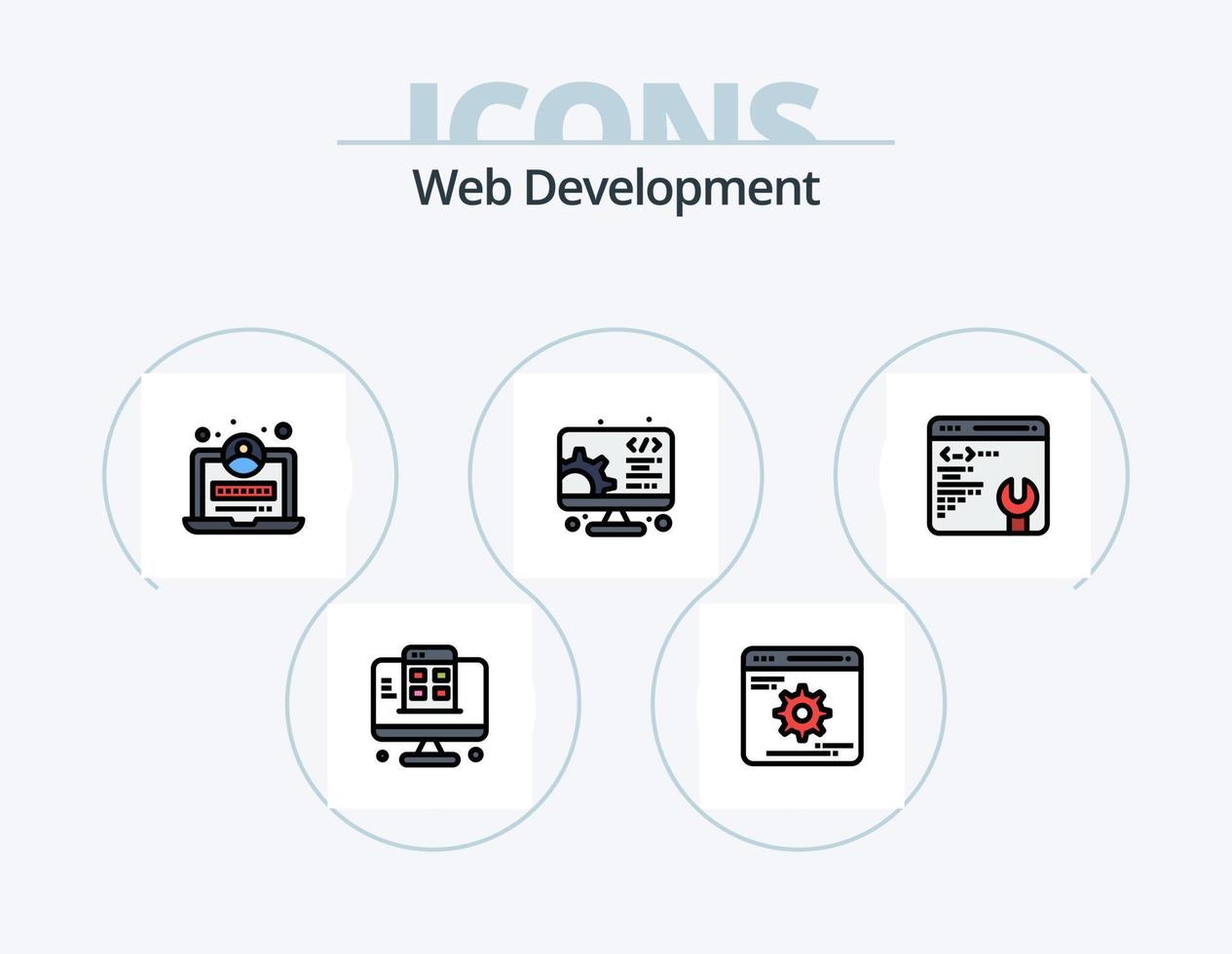Understanding the Journey of Web Development Through Time
In the ever-changing landscape of technology, web development has undergone a remarkable evolution. From its humble beginnings to the sophisticated digital experiences we enjoy today, the journey of web development reflects not only advancements in technology but also the shifting needs and expectations of users. This exploration takes us through the past, present, and future of web development.
The Early Years: The Birth of the World Wide Web
In the late 20th century, the internet was a rudimentary network primarily used by academic and government institutions. The birth of the World Wide Web in the early '90s marked a significant turning point. HTML, the foundational language of the web, allowed for the creation of basic websites. Web development was synonymous with static pages and limited interactivity.
The Rise of Dynamic Content: JavaScript Emerges
As the internet gained popularity, the demand for more dynamic and interactive websites increased. JavaScript, introduced in 1995, played a pivotal role in this transformation. It enabled developers to create client-side scripts, enhancing the user experience by allowing real-time updates without page reloads. The era of dynamic content had begun.
The Dot-Com Boom: E-Commerce and Database-Driven Sites
The late '90s and early 2000s witnessed the Dot-Com Boom, bringing a surge in e-commerce. Web development evolved to accommodate database-driven websites, allowing for dynamic content generation and user personalization. Content Management Systems (CMS) like WordPress emerged, simplifying website creation and management.
Web 2.0: The Era of User-Generated Content
Around the mid-2000s, Web 2.0 emerged, emphasizing user-generated content and collaboration. Social media platforms, blogs, and interactive websites became commonplace. Ajax (Asynchronous JavaScript and XML) facilitated seamless data exchange between the client and server, contributing to a more responsive user experience.
Responsive Design: Adapting to the Mobile Revolution
The proliferation of smartphones brought forth a new challenge for web developers – creating websites that worked seamlessly across devices. Responsive web design became a crucial aspect of development, ensuring that websites automatically adjusted to different screen sizes. CSS frameworks like Bootstrap gained popularity for their role in building responsive and visually appealing sites.
The Era of Single Page Applications (SPAs)
In recent years, Single Page Applications (SPAs) have gained prominence. Frameworks like React, Angular, and Vue.js allow developers to build highly interactive and dynamic applications, providing a smoother user experience. SPAs load a single HTML page and dynamically update content as users interact with the application.
The Present: Full-Stack Development and DevOps
Today, web developers are often required to have a broad skill set, embracing full-stack development. This involves working on both the front-end (client-side) and back-end (server-side) aspects of a web application. Additionally, the integration of DevOps practices streamlines collaboration between development and operations teams, enhancing efficiency and reducing deployment times.
The Future: Artificial Intelligence and Progressive Web Apps
Looking ahead, the future of web development is intertwined with artificial intelligence (AI) and Progressive Web Apps (PWAs). AI will play a role in creating more personalized user experiences through data analysis and predictive algorithms. PWAs, with their ability to offer app-like experiences on the web, are poised to redefine the way users interact with websites.
Gyansetu - Navigating the Future of Web Development
In conclusion, the evolution of web development has been a fascinating journey, shaped by technological innovations and the changing needs of users. As we navigate the future, embracing the challenges and opportunities that AI and PWAs bring, one institution stands ready to guide aspiring developers. Gyansetu, with its commitment to excellence in education, is your partner in navigating the dynamic landscape of web development – from its rich past to the promising future.
Gyansetu: The Evolution of Web Development: Past, Present, and Future.


No comments yet